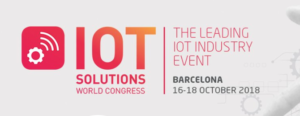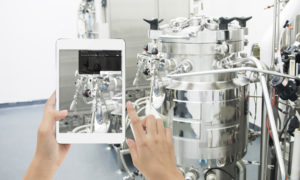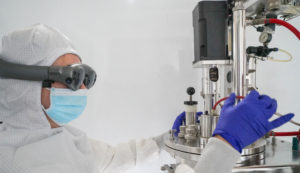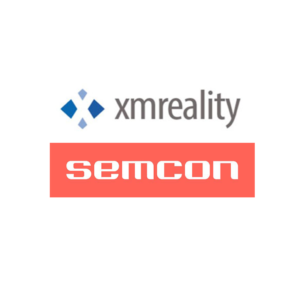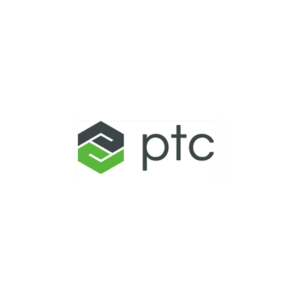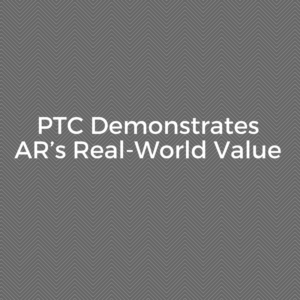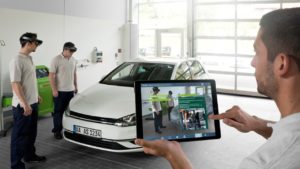Colgate-Palmolive to Roll Out RealWear HMT-1 to 20 Manufacturing Sites in 11 Countries

With the new technology, Colgate-Palmolive employees will be able to troubleshoot machinery while keeping their hands free to work and use their voice to engage with company subject matter experts (SMEs), equipment suppliers and manufacturing teams across sites for support and cross training. In addition, Colgate-Palmolive plans to use the devices to retrieve and capture documents and video.
“Colgate-Palmolive tested RealWear HMT-1 through successful pilots in 8 locations and is now standardizing globally on this wearable device for our manufacturing operations,” said Warren Pruitt, VP Global Engineering at Colgate-Palmolive. “Looking ahead, we see an opportunity to use this tool beyond the plant floor for improved performance and new efficiencies.”
“Colgate-Palmolive’s global deployment signifies that industrial wearable computing has crossed the chasm into mainstream manufacturing companies,” said Andy Lowery, RealWear CEO and cofounder. “This has been a textbook example of how to move with energy and purpose, from evaluation through pilot to global deployment.”
The commercial deployment will include Librestream Onsight Connect for remote mentoring and RealWear Foresight cloud platform for app deployment.
